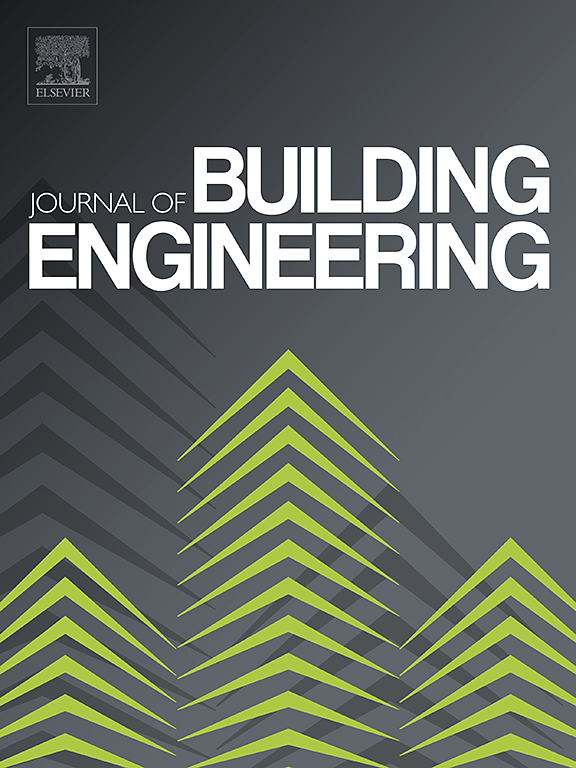Electrochemical extraction of chloride in OPC-CSA composite conductive mortar with nano-Al2O3
IF 6.7
2区 工程技术
Q1 CONSTRUCTION & BUILDING TECHNOLOGY
引用次数: 0
Abstract
In order to solve the challenge of corrosion in eroded reinforced concrete and increase the durability of reinforced concrete structure, a unique conductive mortar for the electrochemical extraction of chloride was developed. The main cementitious materials used in this paper was 30 % ordinary Portland cement (OPC) and 70 % calcium sulfoaluminate (CSA) cement, with different amounts of nano-alumina (nano-Al2O3). In the composite conductive mortar with OPC-CSA, the impact of nano-Al2O3 on the electrochemical extraction chloride was investigated. Moreover, mechanistic interpretation was based on the pore structure, X-ray diffraction (XRD), and scanning electron microscopy (SEM). According to the findings, adding CSA to OPC decreased its compressive and flexural qualities and setting time. However, the conductive mortar's setting time still met the fast-hardening requirement, however, as it achieved the initial setting in 3.5 min. Significantly, conductive mortar with CSA-OPC enhanced overall electrochemical chloride extraction by 45.1 % as compared to conductive mortar with CSA due to its increased porosity. In addition, the flexural and compressive strengths first increased and then decreased with the addition of nano-Al2O3. However, the overall efficiency of electrochemical chloride extraction showed a trend of first decreasing and then increasing, reaching up to 45.8 %, because of the initial decrease and subsequent increase of porosity in conductive mortar. The addition of OPC and nano-Al2O3 to CSA results in an increase in AFm and C-(A)-S-H. Thereby, the bound chloride rate was enhanced, reaching up to 34.2 %. 2 % was the optimal dosage of nano-Al2O3. The hypothesis that chloride ions were reduced faster in reinforced concrete was confirmed.
求助全文
约1分钟内获得全文
求助全文
来源期刊

Journal of building engineering
Engineering-Civil and Structural Engineering
CiteScore
10.00
自引率
12.50%
发文量
1901
审稿时长
35 days
期刊介绍:
The Journal of Building Engineering is an interdisciplinary journal that covers all aspects of science and technology concerned with the whole life cycle of the built environment; from the design phase through to construction, operation, performance, maintenance and its deterioration.
 求助内容:
求助内容: 应助结果提醒方式:
应助结果提醒方式:


